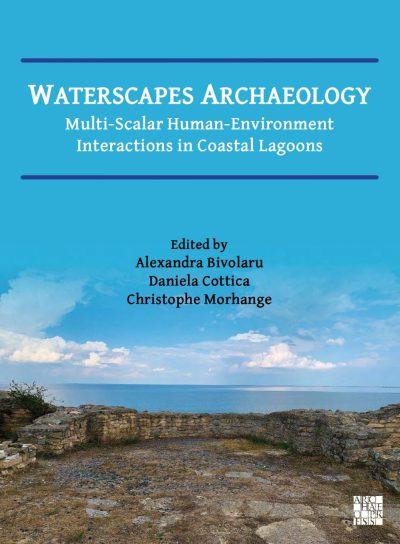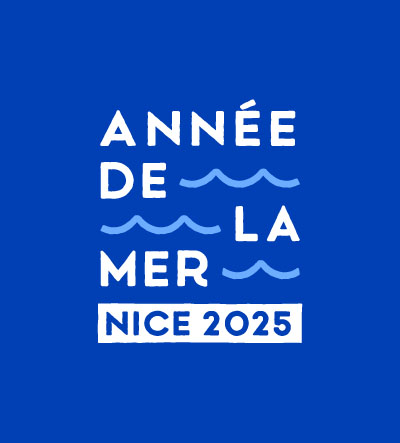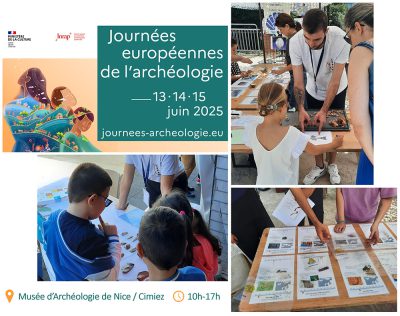Source : https://doi.org/10.1016/j.palaeo.2021.110503
Abstract
During the Last Interglacial-Early Glacial transition (MIS5-MIS4; ~73 ka), substantial hydroclimatic changes affected morphogenetic processes, landformdynamics, and ecosystem variability over the Mediterranean sub-alpine valleys. This transition is mainly preserved in the northern Mediterranean region in continuous marine, lacustrine, and peat bog archives. To understand better local-to-regional hydro-sedimentary processes, their climatic significance, and their direct impact on prehistoric settlements, this manuscript reinvestigates a known continental sedimentary record with revised methods. The Middle Palaeolithic site of La Combette in the western Provence region (southeastern France) presents a thick sedimentary key sequence for studying environmental changes from the MIS5 to the MIS3. A review of previous studies with the integration of new micromorphological, sedimentological, physicochemical, malacological, and luminescence ages allows us to characterize the sedimentary processes and environmental patterns during this major climatic transition. Alternating warm and cold conditions and shifting vegetation patterns reflect the strong environmental instability of the end of the Last Interglacial Period. The emergence of a steppe-like ecology dominated by cryo-turbated loess deposition marks the beginning of the Early Würmian Glacial period (MIS4-MIS3; ~73 ka to ~50 ka), contemporaneous with the last Neanderthal occupation at La Combette rock shelter. Comparisons with regional palaeoclimatic data allow us to detail local climatic settings and provide evidence of divergences with larger-scale quantitative reconstructions during a period of significant environmental and socio-cultural shifts.




